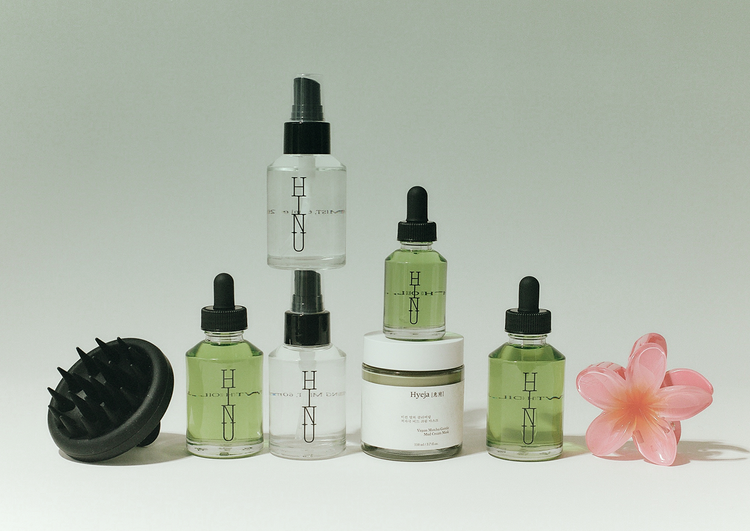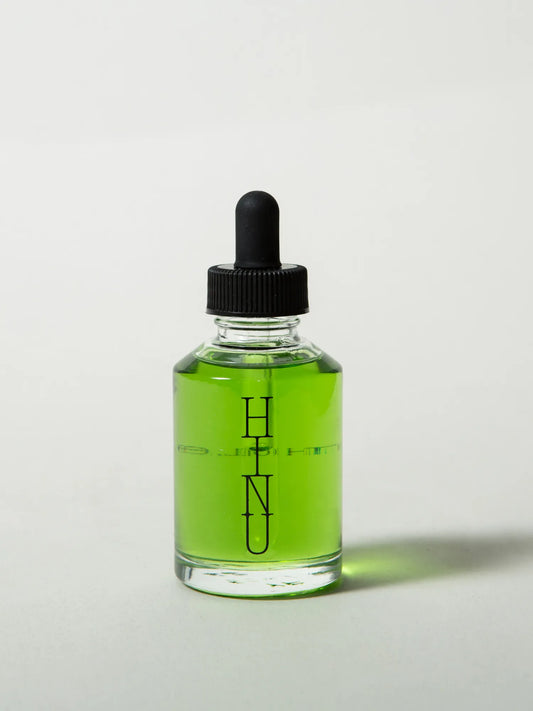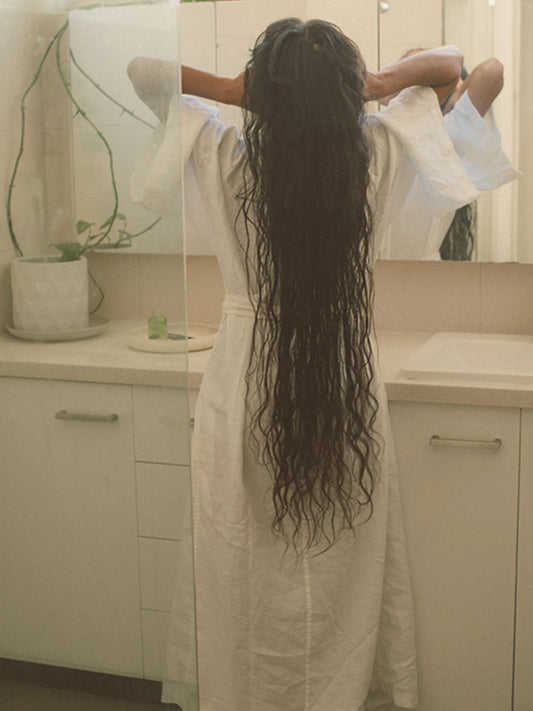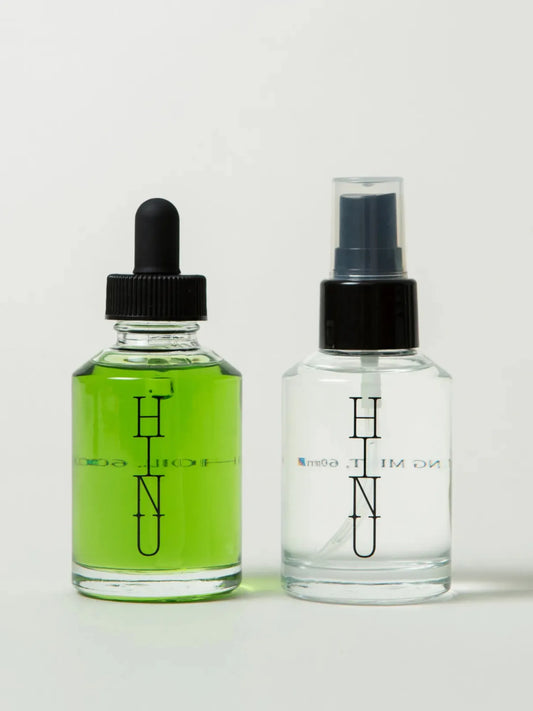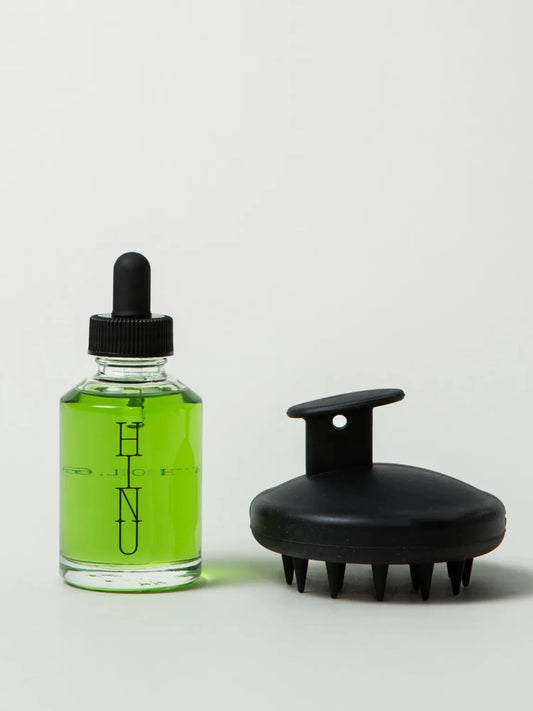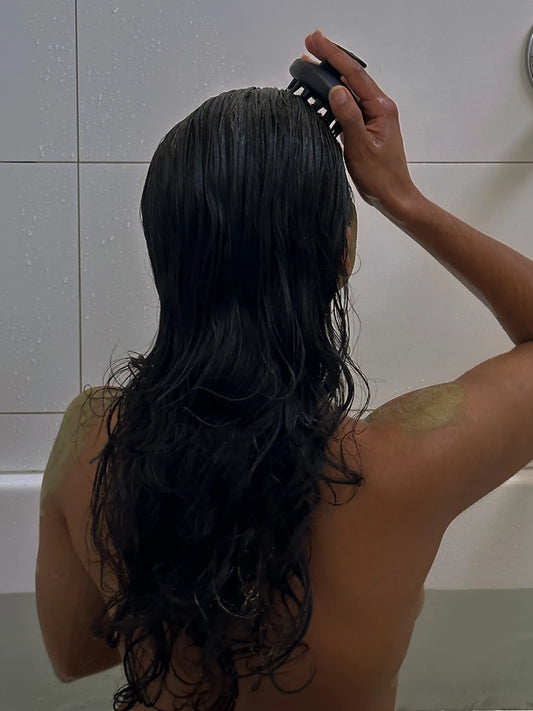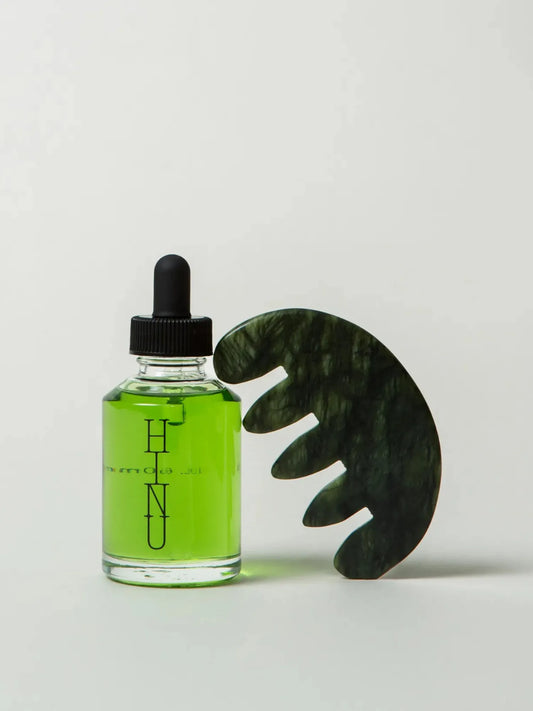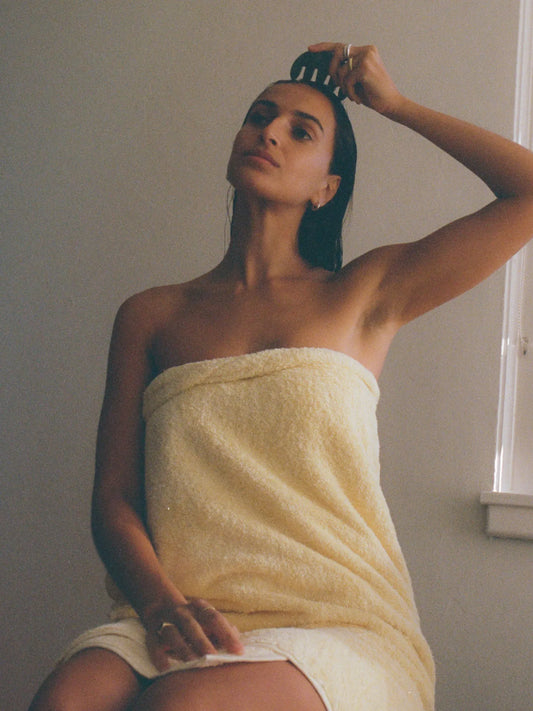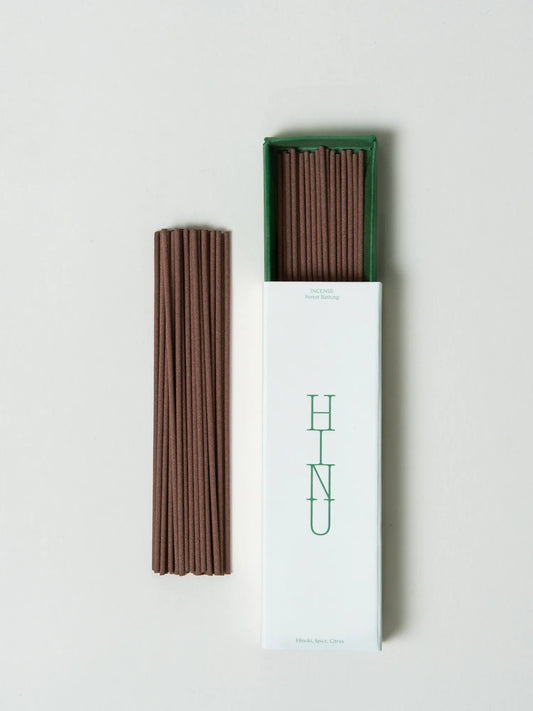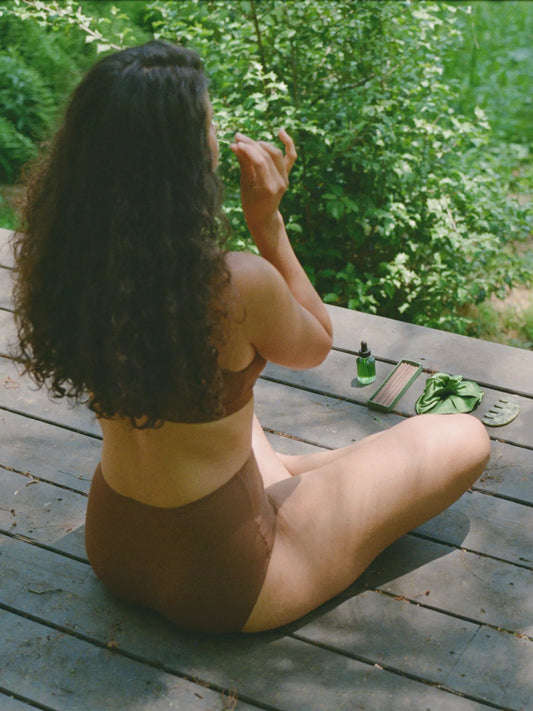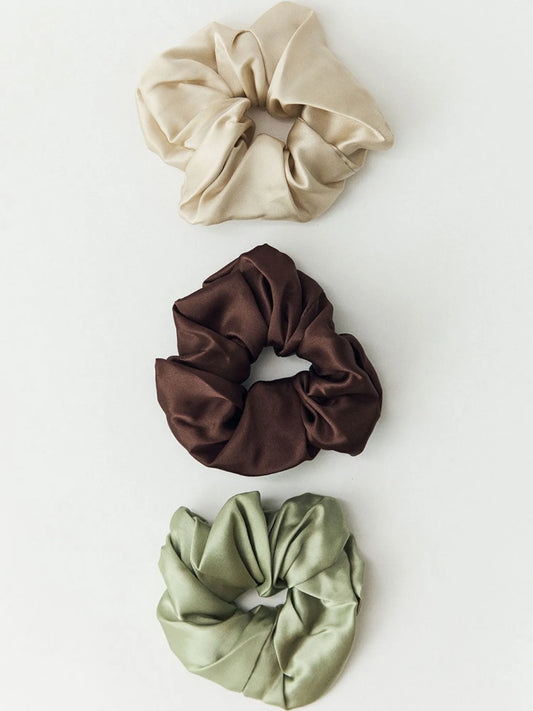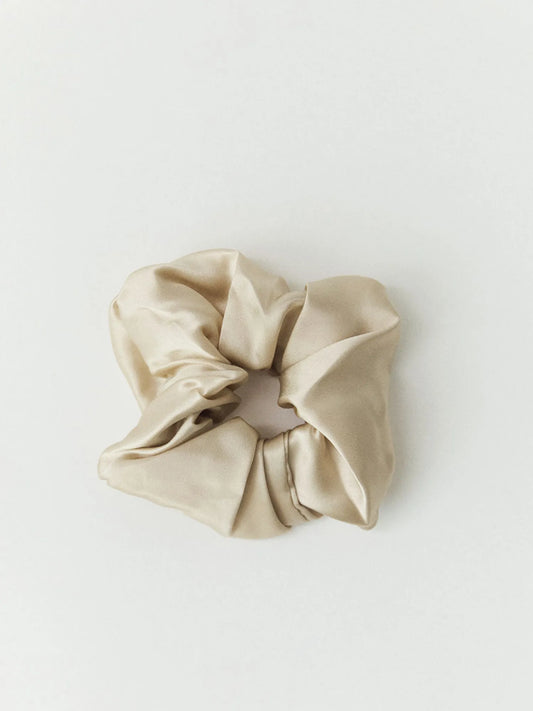
We all love the sleekness of a straightened style or the volume from a blowout, but heat styling can wreak havoc on your hair if not used correctly. So, how bad is heat really for your hair, and how can you prevent damage? Let’s break it down.
Why Heat Is Harmful to Your Hair
Hair is made up of a protein called keratin, which gives it structure and strength. When exposed to heat, the proteins in your hair start to break down, and this causes the cuticle (the outer layer of your hair) to lift and lose its smoothness. The result? Hair becomes weaker, more brittle, and prone to breakage.
Here’s what happens when your hair is exposed to heat:
Moisture Loss: Heat strips your hair of its natural moisture, leaving it dry and more susceptible to split ends. This lack of hydration can make your hair feel coarse and rough to the touch.
Cuticle Damage: The cuticle is the protective outer layer of your hair. Excessive heat can cause the cuticle to lift or even break, leaving your hair more exposed to environmental damage and making it appear dull.
Color Fading: If you have colored hair, heat can accelerate the fading of your dye. High temperatures open the hair cuticle, causing the color molecules to escape faster.
Breakage and Split Ends: Repeated heat styling can weaken hair, causing it to snap, break, and develop split ends, leaving you with an uneven texture and length.
How to Prevent Heat Damage
Use Heat Protectant
Always apply a heat protectant spray, serum, or cream. This creates a barrier to help lock in moisture and reduce damage.
Choose the Right Temperature
Fine hair requires lower heat (around 150°C-175°C), while thicker hair can tolerate higher temperatures (175°C-200°C). Always start lower and increase as needed.
Limit Heat Styling
Reduce your heat styling to a few times a week to give your hair time to recover. On non-heat days, try braids or buns for texture.
Air Dry When Possible
Air drying is the gentlest option. If you must blow-dry, use a microfiber towel to soak up moisture first, reducing drying time.
Use Ionic Tools
Consider investing in ionic hair tools, which emit negative ions to lock in moisture and reduce frizz, causing less damage.
Deep Condition Regularly
Hydrate your hair and scalp with hair oil 1-2 times a week to repair and nourish strands.
Avoid Over-Styling
Don’t go over the same section multiple times. Quick, smooth passes prevent excessive exposure to heat.
